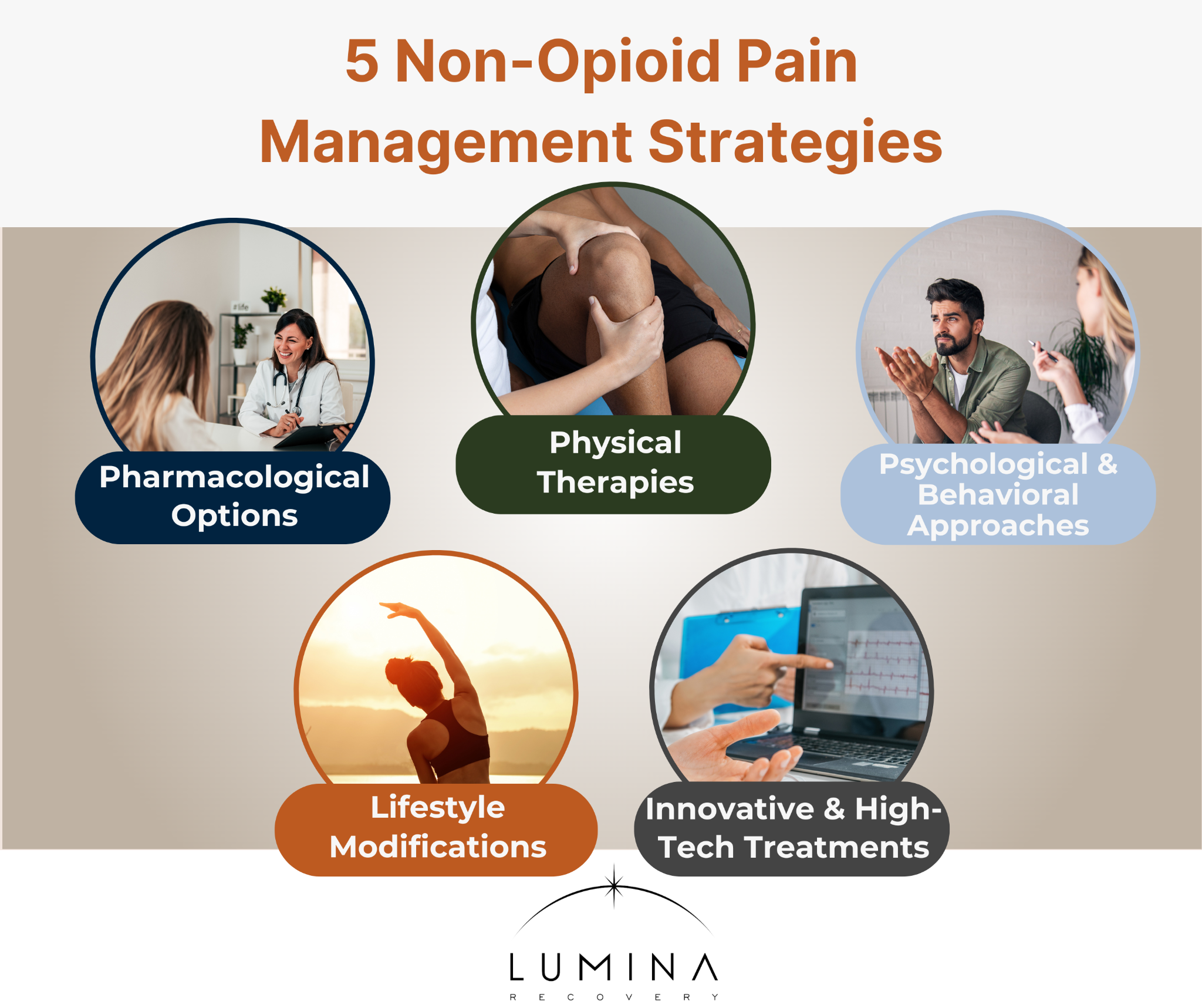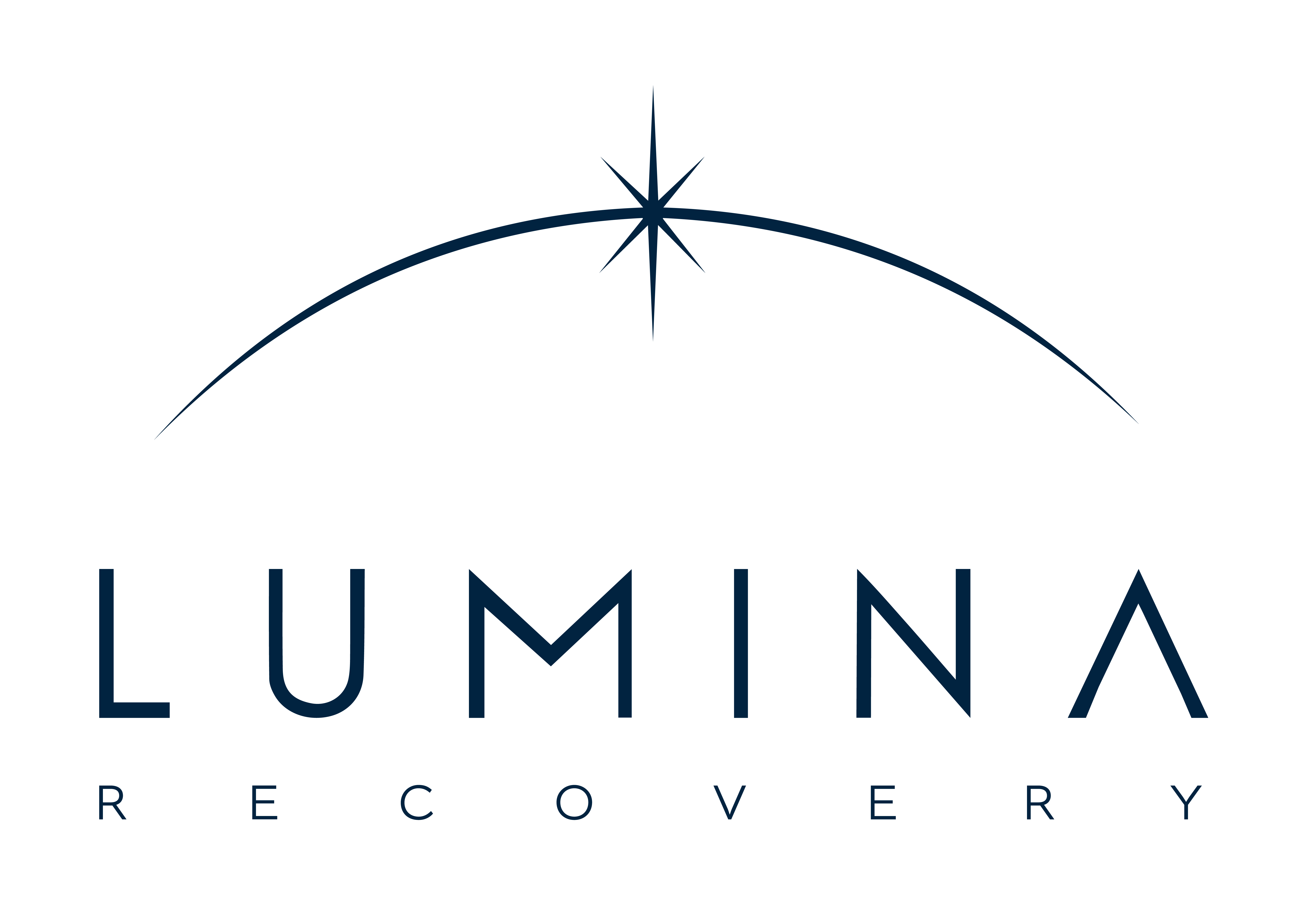Managing chronic pain without opioids is possible through a combination of medical treatments, lifestyle changes, and therapeutic interventions.
By utilizing FDA-approved non-opioid pain medications, physical therapy, psychological approaches, and holistic methods, individuals in recovery can effectively control pain while safeguarding their sobriety.
Opioids pose a significant relapse risk, making alternative pain management strategies essential for long-term wellness.
The Importance of Non-Opioid Pain Management
Opioids can be highly addictive and long-term use can be dangerous. Even prescribed use can lead to dependence and relapse in those recovering from substance use disorders.
Non-opioid pain management options provide safer alternatives, reducing the risk of addiction while effectively managing chronic pain. These approaches focus on addressing pain at its source, improving overall well-being, and fostering long-term healing.

5 Non-Opioid Pain Management Strategies
Effectively managing chronic pain without opioids requires a holistic approach that includes medical treatments, lifestyle changes, and therapeutic techniques. Non-opioid strategies can help individuals in recovery maintain their sobriety while addressing their pain.
1. Pharmacological Options
Several non-opioid pain medications can help manage pain effectively:
- Over-the-Counter Medications: Acetaminophen like Tylenol and NSAIDs like ibuprofen and naproxen aren’t addictive and can help reduce inflammation and pain.
- Prescription Medications: Certain antidepressants and anticonvulsants are effective for neuropathic pain, while muscle relaxants may also be prescribed for musculoskeletal pain.1
- FDA-Approved Non-Opioid Pain Medication: The FDA has recently approved new pain meds like suzetrigine (brand name Journavx), which targets specific sodium channels involved in pain signaling, providing relief without addiction risks.2
2. Physical Therapies
Physical therapy and hands-on techniques can help alleviate pain naturally:
- Structured Physical Therapy Programs: Tailored exercise regimens improve mobility, reduce inflammation, and strengthen muscles to prevent further pain.
- Massage Therapy, Acupuncture, and Chiropractic Care: These complementary therapies enhance circulation, relax muscles, and restore balance to the body’s chronic pain and pain management
3. Psychological and Behavioral Approaches
Pain is both a physical and psychological experience. Addressing the emotional aspect of pain can improve outcomes:
- Cognitive Behavioral Therapy (CBT): CBT helps individuals reframe negative thoughts about pain and develop coping strategies.
- Dialectical Behavior Therapy (DBT): A structured therapy that combines cognitive-behavioral techniques with mindfulness strategies to manage pain and emotional distress.
- Mindfulness-Based Interventions: Incorporating mindfulness-based techniques into addiction treatment can reduce stress and improve pain tolerance, supporting long-term recovery.
4. Lifestyle Modifications
Daily habits can significantly impact pain levels. Positive lifestyle changes include:
- Dietary Changes: Anti-inflammatory diets rich in fruits, vegetables, omega-3 fatty acids, and whole grains can act as a natural pain reliever and reduce inflammation.
- Regular Physical Activity: Low-impact exercises such as swimming, yoga, and walking can improve strength and mobility.
- Stress Management Techniques: Meditation, deep breathing exercises, and journaling can help manage stress, which often exacerbates pain.
5. Innovative and High-Tech Treatments
Advancements in pain management offer additional options:
- Transcutaneous Electrical Nerve Stimulation (TENS): Uses electrical currents to relieve pain.3
- Radiofrequency Ablation (RFA): A procedure that reduces pain signals by using heat to target specific nerves.4
- Other Modalities: Therapies like biofeedback and virtual reality-based pain management are emerging as effective non-pharmacological treatments for pain.

Personalized Pain Management Plans
Creating an effective pain management plan requires an individualized approach that takes into account a person’s unique medical history, recovery status, and pain levels. By incorporating a range of non-opioid strategies, individuals can achieve sustainable relief without compromising their sobriety.
Collaborative Approach
Managing chronic pain should be a collaborative effort between individuals in recovery and their healthcare providers. A comprehensive plan tailored to personal needs ensures both pain relief and long-term sobriety.
Monitoring and Adjustments
Chronic pain management is not a one-size-fits-all solution. Regular assessments help determine the effectiveness of chosen strategies, allowing for necessary adjustments to optimize pain control while maintaining recovery goals.
Addressing Concerns and Misconceptions
Understanding the effectiveness and safety of non-opioid pain management is essential for those in recovery. Many individuals have concerns about whether these treatments work and how they compare to traditional pain medications.
Efficacy of Non-Opioid Treatments
Many individuals may doubt the effectiveness of non-opioid treatments, especially if they have relied on opioids in the past. However, these therapies can successfully manage chronic pain without the risks associated with opioid use.
Safety and Side Effects
While non-opioid treatments are generally safer, they can have side effects. For example, NSAIDs may cause gastrointestinal issues, and certain antidepressants may lead to drowsiness or dizziness. Discussing potential side effects with a healthcare provider ensures a safe and effective treatment plan.
FAQs
Are there pain medications that are not opioids?
Yes, several non-opioid pain medications are available, including acetaminophen, NSAIDs like ibuprofen, anticonvulsants, and certain antidepressants.
What is the new treatment for chronic pain?
The FDA has recently approved suzetrigine (Journavx), a non-opioid painkiller that targets specific sodium channels involved in pain signaling, offering effective relief without addiction risks.2
How can chronic pain be managed without medication?
Non-pharmacological treatment for pain such as physical therapy, cognitive behavioral therapy, mindfulness practices, acupuncture, and lifestyle modifications can effectively manage chronic pain.
What are the risks of using opioids for chronic pain management?
Opioids carry risks such as dependence, tolerance, addiction, and various side effects, making them less suitable for long-term pain management, especially for individuals in recovery.
Can lifestyle changes help in managing chronic pain?
Yes, adopting a healthy lifestyle, including a balanced diet, regular physical activity, adequate sleep, and stress management techniques, can significantly reduce chronic pain levels and improve overall well-being.
Finding Lasting Pain Relief While Staying Sober With Lumina Recovery
Managing chronic pain without opioids is possible through a combination of medication, therapy, and lifestyle changes. By working closely with healthcare providers, individuals can tailor a pain management plan that aligns with both their medical needs and recovery goals.
At Lumina Recovery, we understand the complexities of chronic pain and addiction. Our dual diagnosis treatment programs support individuals dealing with both pain and mental health challenges, while our outpatient programs provide flexible care options that incorporate therapy, holistic treatments, and non-opioid pain management strategies.
If you or a loved one is struggling with chronic pain and addiction recovery, contact Lumina Recovery today to explore personalized treatment options that support your healing journey.
Sources:
- Birkinshaw H, Friedrich CM, Cole P, et al. Antidepressants for pain management in adults with chronic pain: a network meta-analysis. Cochrane Database Syst Rev. 2023 May 10;5(5):CD014682. doi: 10.1002/14651858.CD014682.pub2.
- FDA. FDA Approves Novel Non-Opioid Treatment for Moderate to Severe Acute Pain.
- Cleveland Clinic. Transcutaneous Electrical Nerve Stimulation (TENS).
- Cleveland Clinic. Radiofrequency Ablation for Pain Management.


